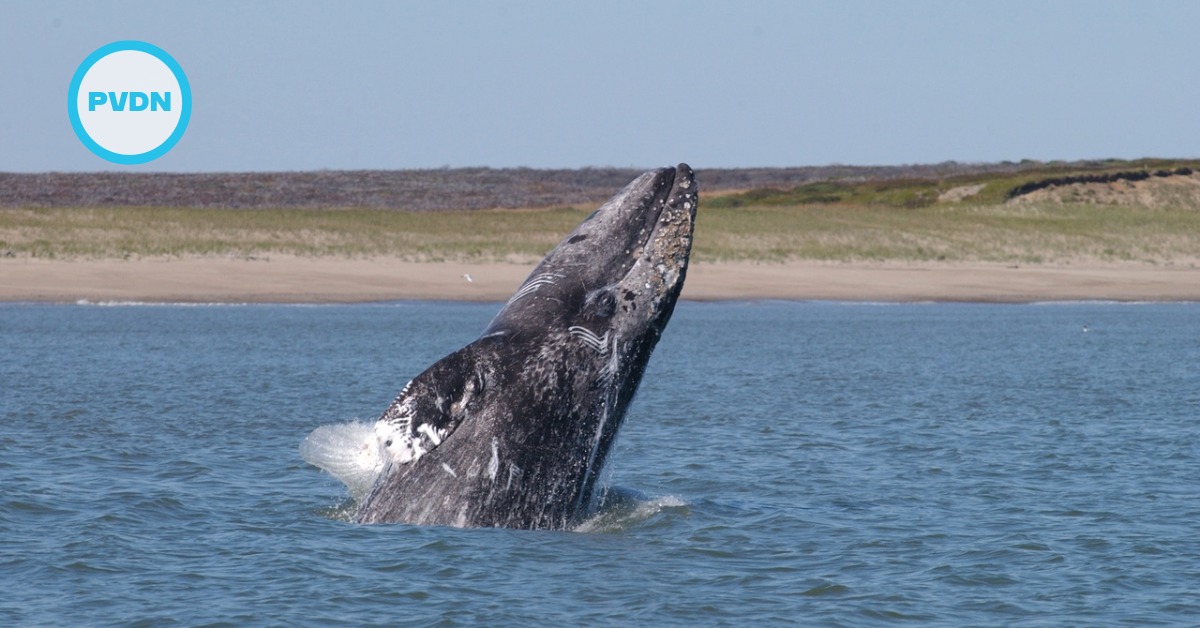Spanish is not just a handy language for World Cup referees. In a 2013 report entitled “Languages for the Future”, the British Council cited Spanish as the most important language to learn. It’s not hard to see why: approximately 470 million people speak Spanish as a native language, 60 million as a second language and 20 million students are studying it as a foreign language.
According to El Instituto Cervantes, the organisation charged with the promotion of Spanish language and cultures, demand is highest in the United States- unsurprising considering the geography, immigration patterns and population growth in the . . .






